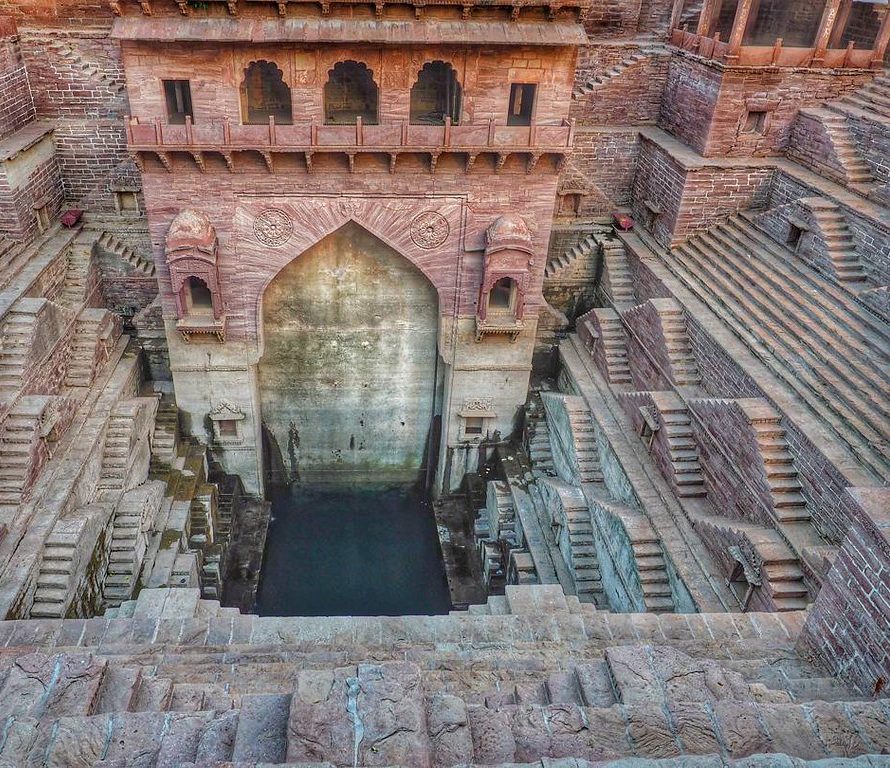Summary
An Architectural Wonder
Immerse yourself in the historic essence of Toorji Ka Jhalra Bavdi, a stepwell deeply rooted in the heritage of Jodhpur, India. Built in the 1740s by a queen consort, this site is a stunning example of the ingenuity of water conservation methods of the past. Marvel at the intricate stonework and carvings that adorn the stair-laden walls—a testament to the craftsmanship of the era. Reflect on the stepwell’s significance as a social hub, where for centuries, locals have congregated not only to draw water but to socialize and celebrate community events.
Get your dose of History via Email
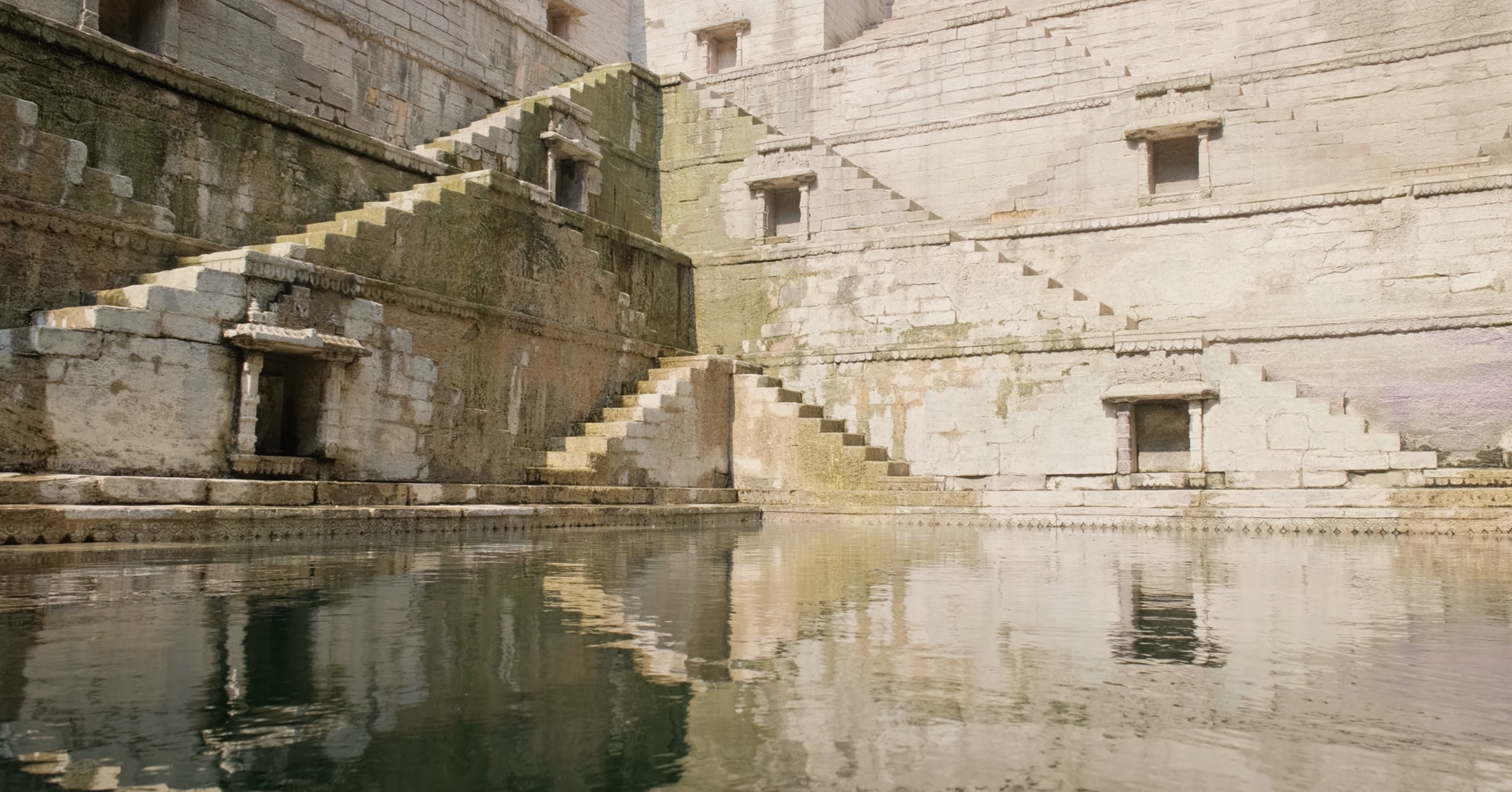
A Blend of Utility and Artistry
The design of Toorji Ka Jhalra Bavdi ingeniously combines functionality with aesthetic pleasure. Even as a practical source of water for the arid region, the stepwell captivates visitors with its elaborate jharokhas (overhanging balconies) and chhatris (canopies). Walking down its steps, you’ll feel a step closer to understanding the lifestyle and values of a bygone era. The various levels of the stepwell offered people a cooling respite from the searing heat, embodying a tranquil oasis in the heart of the city.
Preservation and Relevance Today
Today, Toorji Ka Jhalra Bavdi stands as much more than a historical monument—it’s a beacon of sustainability and traditional wisdom. Efforts to restore and maintain the stepwell ensure that its legacy endures, allowing new generations to appreciate its practical beauty and historical significance. It’s not just a relic of the past, but a continued source of inspiration, reminding us of the sustainable practices and community spirit that we strive to revive in our modern world.
Historical Background of Toorji Ka Jhalra Bavdi
Toorji Ka Jhalra Bavdi stands as a symbol of architectural brilliance from the bygone era of the 18th century in Jodhpur, India. Commissioned by the queen consort of Maharaja Abhay Singh, Toorji Ka Jhalra, or ‘Toorji’s Stepwell’, reflects the social and cultural nuances of its time. It provided the vital resource of water to the people in a desert city, showcasing a blend of utility and a keen sense of community engagement.
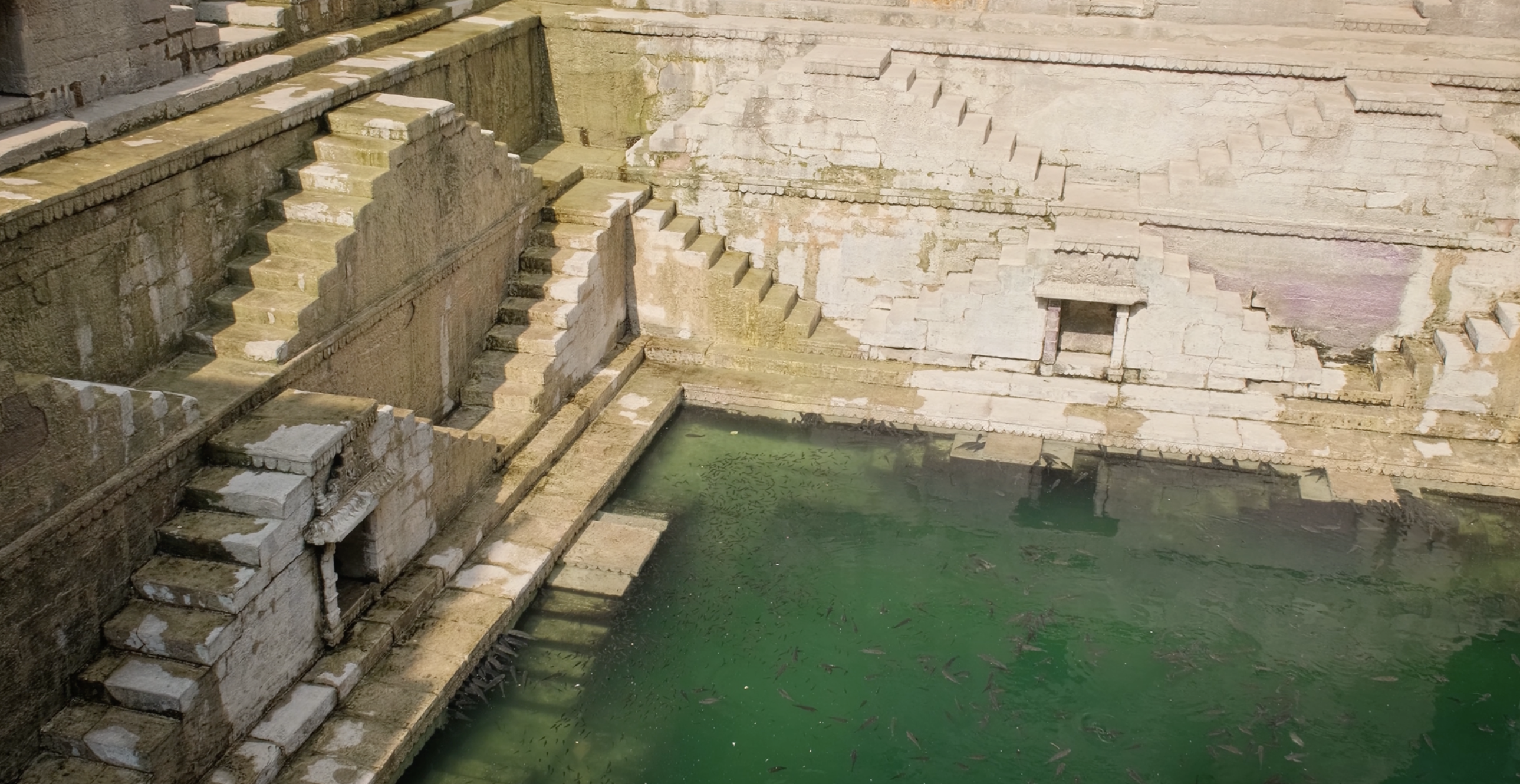
Origins and Purpose
Birthed from necessity in 1740, the stepwell was named after its patron, Queen Toorji. Handling the dry spells of the region, it penetrated deep into the earth to tap groundwater. The stepwell didn’t only quench thirst; it became a place where daily chatter and rituals were as common as the water itself. The stepwell’s purpose grew beyond a mere structure, becoming an integral part of Jodhpur’s heart.
Intricate Architecture
The stepwell’s design resonates with the expertise of ancient craftsmen, combining form with function. The ornate jharokhas and chhatris stand in harmony with the symmetrical steps that lead down to the water. Each stone tells a story, carving out history in the making. This design was not merely for aesthetic appeal, but also to emphasize the importance of water in a drought-prone land.
Amidst the bustling city life, Toorji Ka Jhalra Bavdi became a serene retreat. Its cool corridors and the peaceful sound of water drew people. They not only fetched water but found solace in its depths. This calming environment reflects how the structure catered to the soul of the city, alongside its physical needs.
Continued Legacy
The Bavdi’s relevance doesn’t end with history books. Renovation efforts have breathed new life into the stepwell, preserving it for future generations to admire. It stands as a beacon of sustainability and traditional water management. Today, Toorji Ka Jhalra Bavdi isn’t just a backdrop for social gatherings, it’s a testament to the foresight and resilience of a culture that thrived in arid conditions and its timeless link to water conservation.
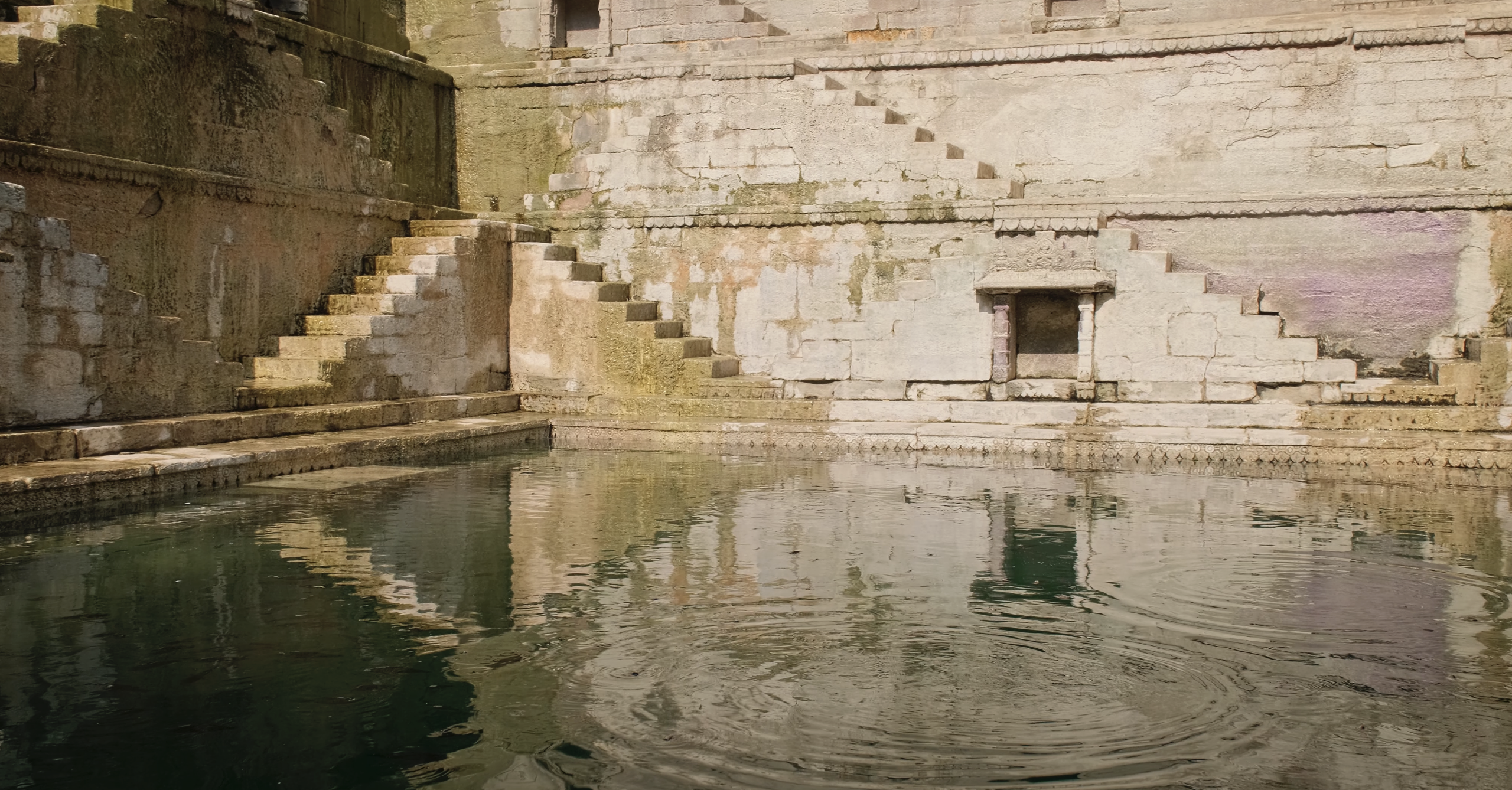
The Discovery of Toorji Ka Jhalra Bavdi
Unveiling the Forgotten Glory
Despite its ancient heritage, Toorji Ka Jhalra Bavdi lay shrouded in anonymity for centuries. It wasn’t until recent urban development initiatives that the stepwell was rediscovered. Hidden beneath tonnes of debris and silt, its grandeur and historical essence were waiting to be unveiled. The untiring efforts of historians and local authorities played a pivotal role in the stepwell’s re-emergence as a significant archaeological site.
Initial Findings and Public Interest
Interest sparked when diggers first hit the structured stonework beneath the surface. Word quickly spread, lighting up the spirit of curiosity among locals and historians alike. People swarmed to witness the uncovering of an artefact that linked them to their ancestral past. It became not just a discovery but a reunion with a cherished fragment of Jodhpur’s rich cultural tapestry.
Initial assessments by experts dated the stepwell to the 18th century. They found a sophisticated water management system, adorned with Rajput artistry. In a city where water is gold, the rediscovery of Toorji Ka Jhalra Bavdi brought hope. It was an emblem of sustainability, preserved through time to serve as a model for future generations.
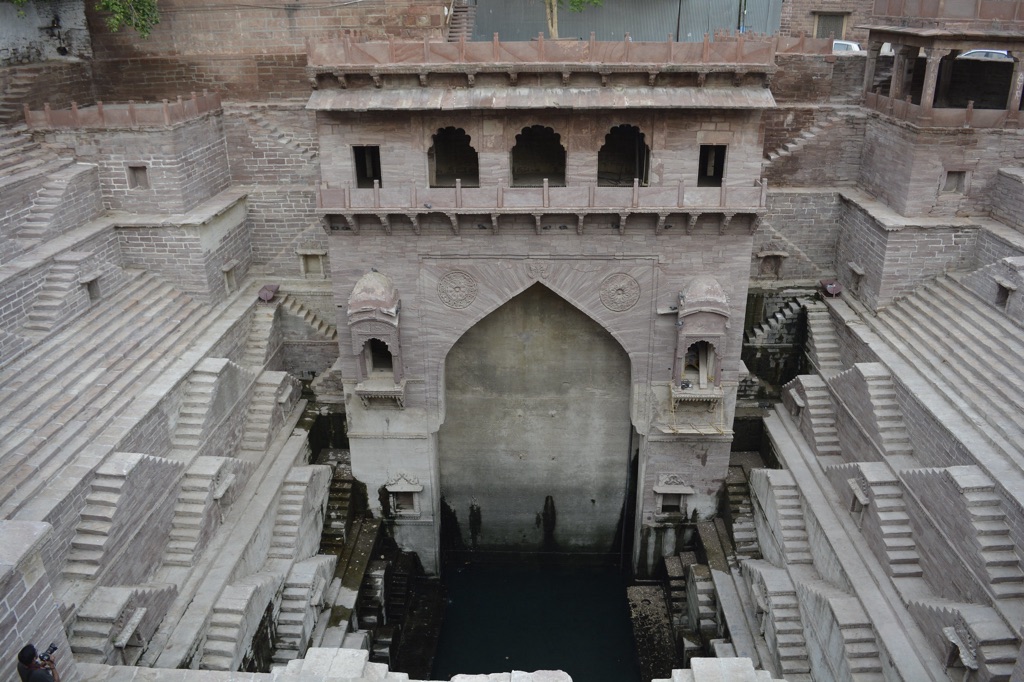
Renewed Appreciation and Conservation
The discovery of Toorji Ka Jhalra Bavdi invoked widespread admiration and a renewed sense of preservation. Efforts to maintain its antiquity flourished, catalyzing a movement to cherish and protect Jodhpur’s historical monuments. This initiative not only aimed at conserving the physical structure but also at revitalizing the stepwell’s role in the everyday life of the community.
Today, Toorji Ka Jhalra Bavdi is more than just an archaeological discovery; it is a beloved landmark. It reshaped the local landscape and contributed significantly to the cultural identity of the region. The stepwell continues to inspire awe and respect for the resourcefulness and architectural prowess of a civilization that thrived in the stark desert climes of Rajasthan.
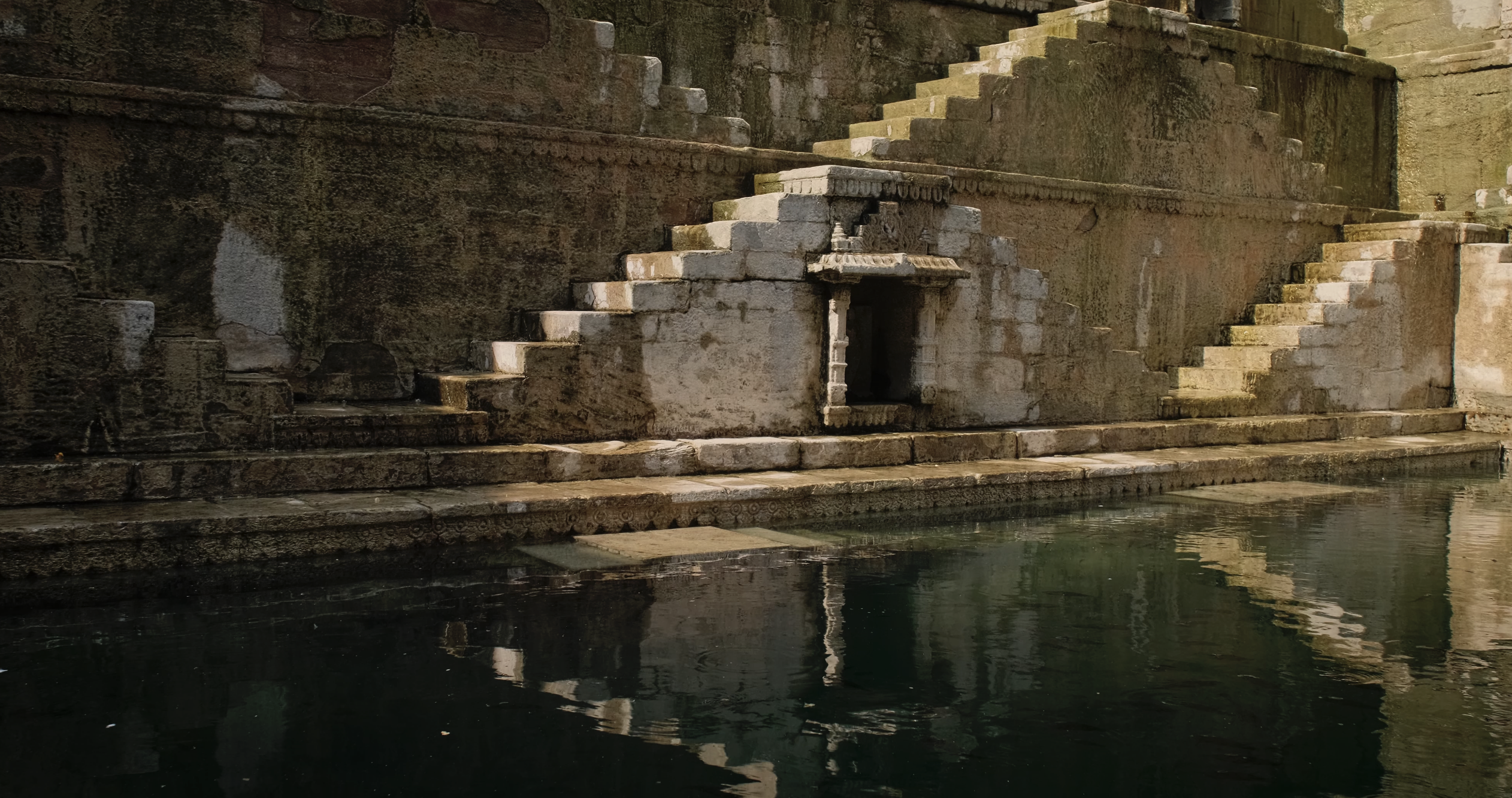
Cultural Significance, Dating methods, Theories and Interpretations
Centerpiece of a Community
Toorji Ka Jhalra Bavdi was not just an architectural marvel but a central hub for social interaction in Jodhpur. It was where people of all walks of life gathered, sharing stories and forging bonds over the water’s edge. The spiritual resonance of the place, coupled with its daily utility, cemented the stepwell as a cultural keystone. Festivals and local lore intertwined with its existence, adding layers to its historical narrative.
Estimating the Bavdi’s Chronology
Establishing the incipient period of Toorji Ka Jhalra Bavdi has been a pursuit of historians and archaeologists. Through techniques like stratigraphy and the study of inscriptions, experts deduced its 18th-century origins. The precision of stonework and the style of motifs connect it to that era’s established architectural practices, providing insight into the methodologies used to conserve water in the desert landscape.
Theories about Toorji Ka Jhalra Bavdi’s creators range from royal patronage to collective community efforts. Its grand scale suggests involvement and resources indicative of the ruling class. Yet, the lack of written records leaves room for interpretation. Some theorize a deeper, cosmological significance to its orientation and structure, indicating advanced understanding of the natural world by its builders.
Parsing the Stepwell’s Symbolism
The stepwell’s design is replete with symbolism that goes beyond its obvious utility. Scholars believe the layered steps represent life’s journey, while the water denotes purity and a source of life itself. Rituals performed here had multiple dimensions, including the worship of water gods — a practice deeply embedded in the local culture.
Ultimately, Toorji Ka Jhalra Bavdi is a mosaic of historical conjectures and proven facts. While it continues to instill a sense of pride among locals, it stands as a reminder of a bygone era’s foresight. With each descending step, visitors experience a descent into history, piecing together stories of survival, celebration, and life in the arid heart of Rajasthan.
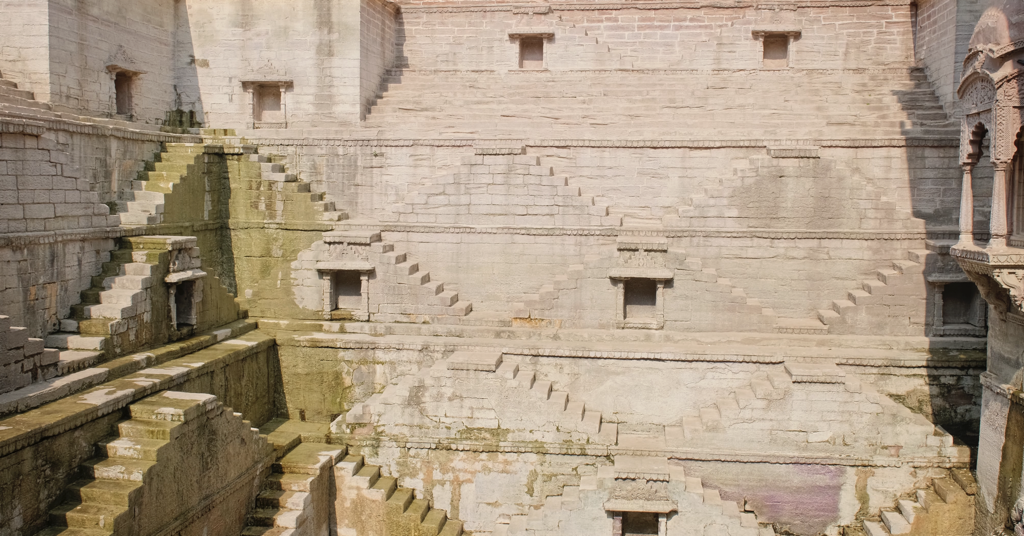
Conclusion and Sources
The comprehensive exploration of Toorji Ka Jhalra Bavdi reveals not only its architectural splendor but also its profound cultural significance. This stepwell symbolizes the ingenious solutions developed in the past to address water scarcity and serves as a reminder of the vital role water plays in sustaining life and culture. The communal aspect of the structure, mirrored in its usage and the traditions it has fostered, underscores the intrinsic link between human communities and their natural environments.
Understanding the historical context of Toorji Ka Jhalra Bavdi enhances the appreciation of its design and purpose. The creative water management techniques evident in its construction are a testament to the advanced understanding of the era’s architects. This edifice is not simply a reservoir; it is a lasting legacy that continues to educate and inspire current and future generations about sustainability and heritage conservation.
As research continues, the interpretations and theories surrounding Toorji Ka Jhalra Bavdi will evolve. However, the cultural and historical significance of this ancient stepwell remains undiminished. Through studies and preservation efforts, its stories will be perpetuated, ensuring that the wisdom from the past remains a guiding light for a sustainable future.
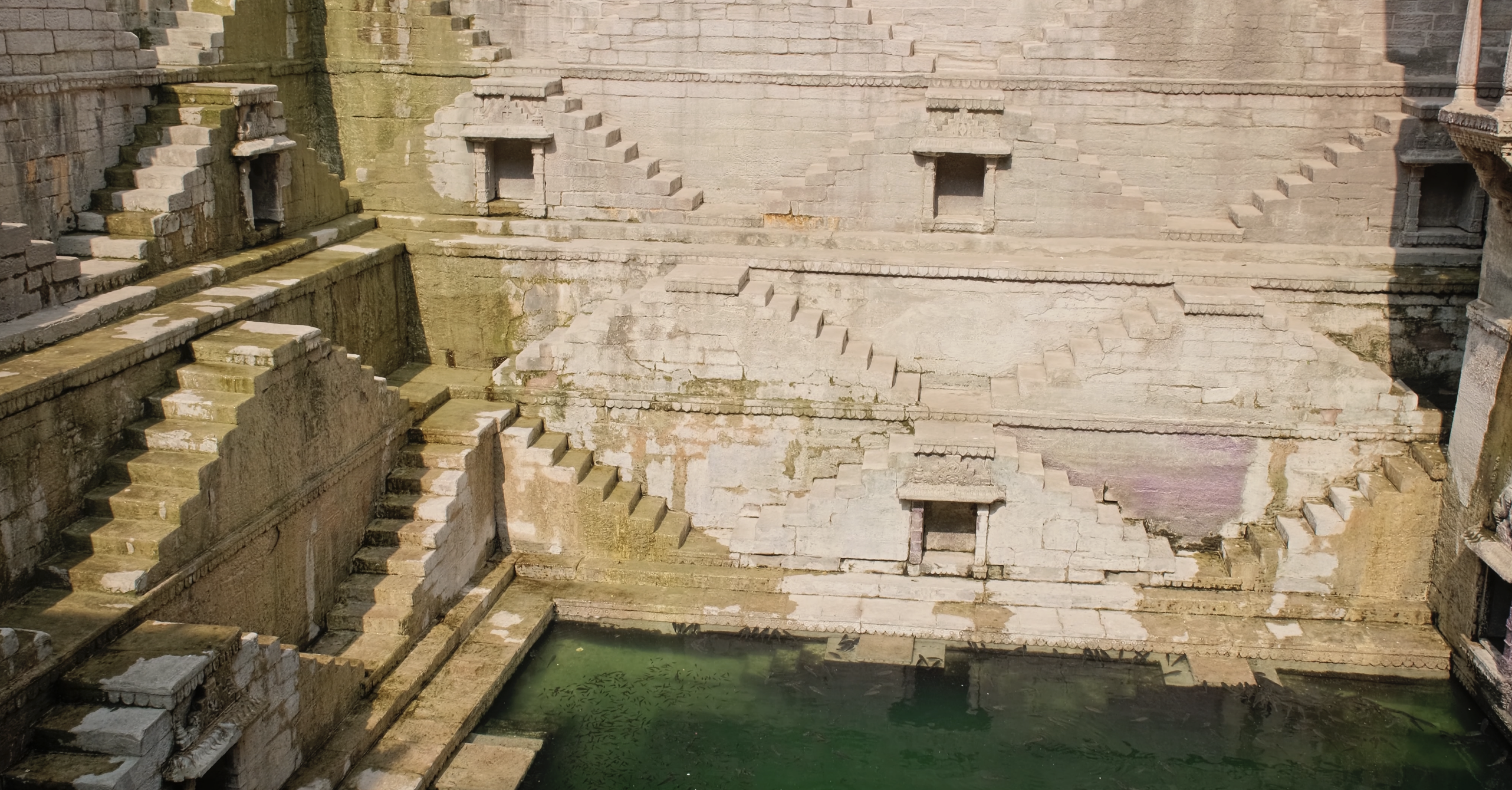
For further reading and to validate the information presented in this article, the following sources are recommended:
Or you can check any of these reputable archaeological and historical texts:
Aggarwal, S., & Chand, H. (2016). Traditional Step-wells of Jodhpur: Heritage worth Conserving. International Journal of Engineering Science Invention, 5(8), 30-35.
Jodha, N. S. (1985). Managing Common Property Resources for Ecological Security in the Thar Desert of India. Transactions of the Institute of Indian Geographers, 7(1), 1-17.
Kumar, T. (2014). Heritage Water Structures of the Desert City of Jodhpur. International Research Journal of Social Sciences, 3(7), 14-18.
Rajput, J. S., Vyas, A., & Srivastava, V. (2017). Water Management and Hydraulic Engineering in India during the Medieval Period. International Journal of Water Resources Development, 33(5), 734-746.

